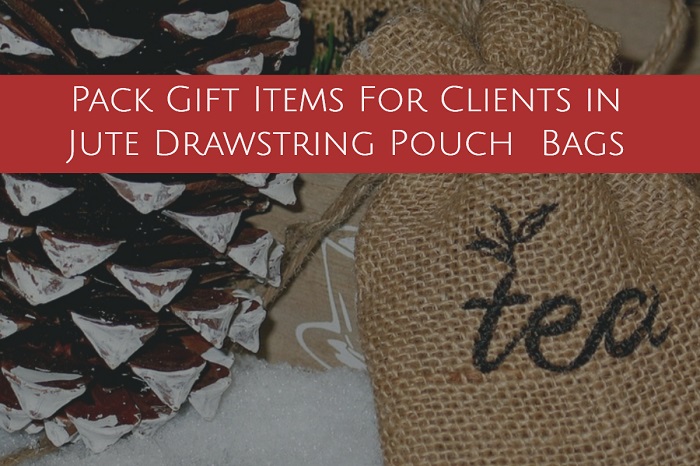People are on the go! Authority should now take some major steps to uplift jute business as most retailers find it an important resource of bio-degradable products. Here we have some lesser known facts about jute which we thought might interest English people.
- Over the years jute products have created high bench marks for other materials like timber, synthetic and plastic. Jute production is no more restricted to packaging; this golden fibre is making impact in various other industries like home decor, fashion, toys etc. It is undoubtedly a cheaper replacement of time, synthetic and plastic.
- Jute production does not require any of the world’s scarce energy resource. It is a labour intensive work and does not need electricity or any other form of technology.

- Agriculture of this golden fibre needs very little pesticides and no fertilizers. This makes jute production more cost effective for the farmers.
- Jute is majorly cultivated in coastal areas. India is the leading producer of jute in the world. India and Bangladesh together contribute to almost 95% of the world’s total jute production. Myanmar, Nepal, China, Thailand and Brussels also produce jute in small quantities.
- Production of this golden fabric is very labour intensive. It requires farmers to first harvest the mature jute plants, stack the plants, submerge in water and when the fibre is loose extract it from the stem. All of this is done by hand.
- Agriculture and production of just provides livelihood to millions of families. And the produced jute provides exquisite products of day to day use to millions of people around the world. Many parts of London, England and north Ireland are adapting jute as packaging material instead of plastic and paper. Many fashion retailers have changed their packaging from paper to coloured jute bags.
- Once upon a time jute products especially packaging materials enjoyed world’s major market share. But then with the emergence of synthetics the market declined to a great extent. However, now jute has been transformed into all segments of our day to day life. The diversified range of products has again opened the market for Jute.
- Sacks and rugs are made from lower quality jute.
- Hessian Cloth is a finer quality jute product. It is used widely into many segments of production. Coloured jute bags and two tone handbags are made using hessian cloth. Many countries around the globe import hessian cloth from India.
- Versatile jute fabric is used to produce rigid jute. This is used majorly in packaging especially for transfer of goods. Rigid jute has also replaced plastic.
- Jute fibre serves as a good quality pulp for making paper. Well paper as good it is for environment but requires trees for manufacture however using jute pulp instead help us in reserving forests.
- Jute yarn and twines are used for the production of furnishings, home decor, upholstery, blankets, cushion covers and other textiles. While other decorative products like toys, wall hangings, table lamps, floor coverings, packaging materials, shoes, fashion jewelry, doors and panels and particle boards are also made from jute.
For more information visit at : https://www.carrierbaghut.co.uk
